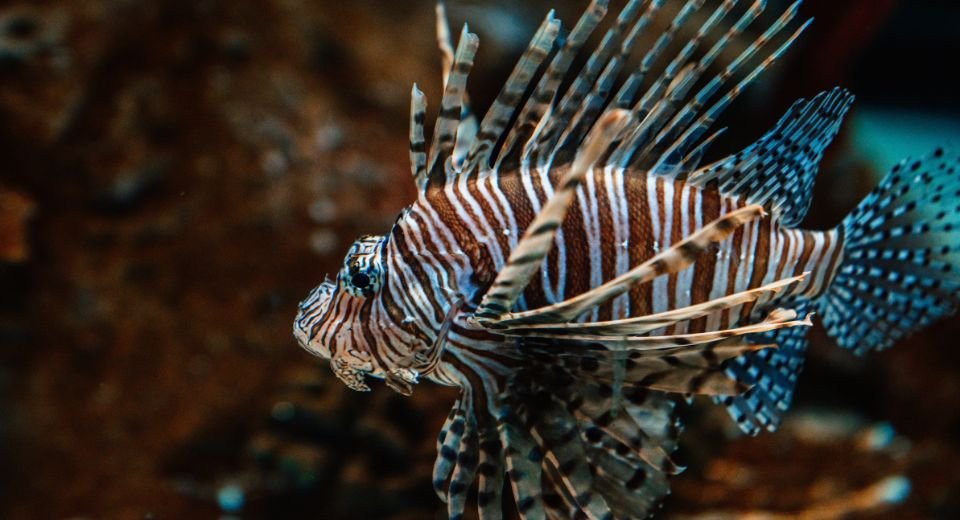HQ Team
December 15, 2022: Scientists in the US used a mechanism that zebrafish rely on to repair their damaged hearts and then combined it with viral vectors used for gene therapy in humans to regrow damaged tissues.
Suppose humans can regrow damaged tissues the way lizards and fish routinely do. In that case, it will require the precise control of gene expression in time and place, according to researchers at Duke, a private research university in Durham, North Carolina.
Otherwise, according to a statement, you might end up with random cells growing everywhere or a new body part that never quits growing.
“Stopping the process is just as important as starting it.”
In a study, the researchers demonstrated the ability to control gene activity in response to injury, limiting it to a specific tissue region and during a defined time window rather than being continuously active in the entire organ.
Fish DNA
They borrowed a segment of fish DNA called a TREE, a tissue regeneration enhancer element.
TREES are a family of gene enhancers in the genome responsible for sensing an injury and orchestrating the activity of repair-related genes for reconstruction in a specific place.
These enhancers also can shut off gene activity as healing is completed.
These regulatory elements have been found in fruit flies, worms, mice, and zebrafish.
“We probably have them too,” said Ken Poss, PhD, the James B. Duke Distinguished Professor of Regenerative Biology in the Duke School of Medicine, who discovered heart regeneration in zebrafish two decades ago and has been studying it since.
“But it’s easier for us to find them in zebrafish and ask if they work in mammals.”
Enhancers
About 1,000 nucleotides long, these enhancer sequences bristle with recognition sites for different factors and stimuli to attach and change gene activity. “We don’t fully understand how they do this and what they’re truly responding to,” Poss said.
Poss said that different cell types within an animal also have different types of these enhancers.
“Some of them are responsive in multiple tissues — those are the ones we use here. But we get different sequences when we profile regenerating spinal cord or fins in fish.” There may be tens of thousands of these types of enhancers in the human genome, he added.
As the first step in this six-year research project, the researchers incorporated several different kinds of zebrafish TREEs into the genomes of embryonic mice.
Using a visible marker to indicate gene activity, they found that about half of the enhancers worked as intended and turned tissue blue when and where they sensed tissue injury in transgenic mammals.
Adult mouse
Then they wanted to know if they could selectively incorporate the enhancer elements into an adult mouse using an adeno-associated virus, a familiar gene therapy tool for introducing gene sequences into cells.
The virus introduced DNA containing an enhancer to all tissues, but the hope was that the TREEs would only become active in response to an injury.
A series of experiments in heart attack models of mice showed that viruses containing a TREE could be infused a week before the injury. Then the enhancer would jump into action when it detected damage.
But they found it also worked when introduced to the animal a day or two after the heart attack. “All three TREEs that we tested could be effective if delivered one day or sometimes long after the injury — they could still target expression to the injury,” Poss said.
“Is this method of delivering a TREE and a gene going to allow us to deliver a molecular cargo to the right place at the right time? We found that it does in mice,” Poss said.
They also virally delivered a TREE and a fluorescent marker gene in pigs with a much larger heart with a more human-like heart rate.
Pig hearts
They infused viruses into the pig hearts through the coronary arteries before or after a heart attack, and again, the marker only glowed at the site of the injury.
Then, to see if this system could repair the damage, rather than just sensing damage and turning on a gene that lights up tissue, they delivered a hyperactivated form of YAP, a powerful tissue growth gene implicated in cancer.
The critical question was whether this “really potent hammer” that can make cell division run amok could be lassoed into working only at the right time and place.
The next task for the researchers will be understanding better what molecules bind to the enhancers, what controls their functions, and where they are located in the human genome, in addition to improving their targeting abilities.
“These control elements are what’s important,” Poss said. “Zebrafish have largely the same genes that we do, but their ability to regenerate the heart is a function of how they control those genes after a massive injury.”
“And what about other injury models?” Poss wonders. “Can this work for traumatic brain injury or spinal cord injury?”








